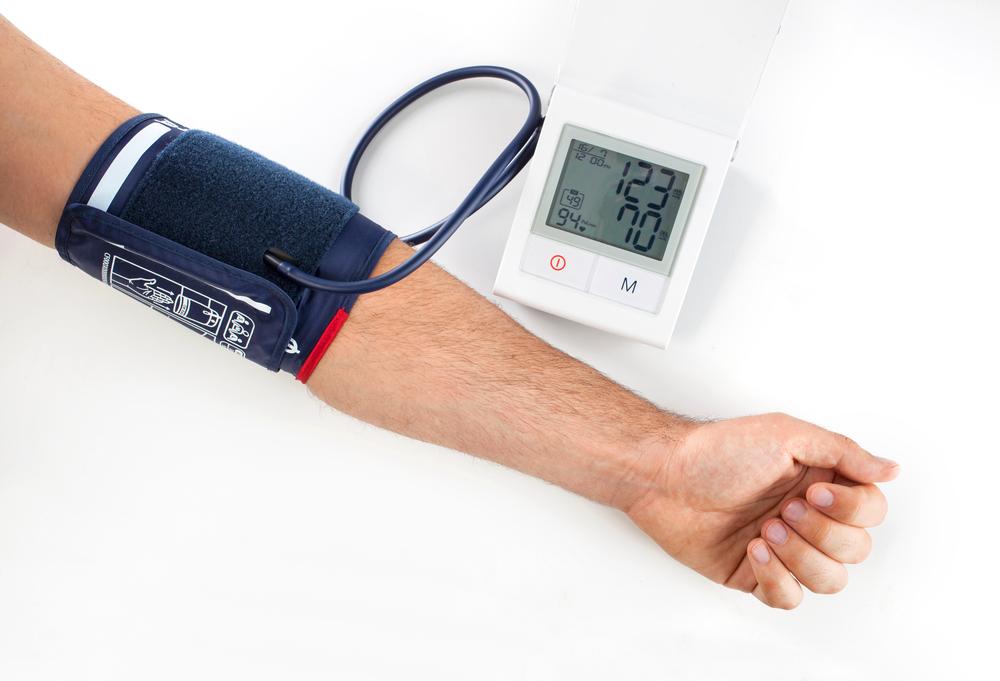Understanding Blood Pressure Readings and Hypertension Charts
Learn about blood pressure categories, what the numbers mean, and how to interpret hypertensive charts. This guide helps you understand the risks of high blood pressure and the importance of monitoring your readings to prevent serious health issues.

Guide to Blood Pressure Readings and Classification Charts
Hypertension, commonly called high blood pressure, is a condition where blood moves through arteries at increased pressure over time. It can result from poor lifestyle habits, genetics, kidney issues, or hormonal imbalances. Persistent hypertension raises the risk of heart disease, stroke, kidney damage, and cognitive decline.
Deciphering Blood Pressure Numbers
Blood pressure is expressed as two figures, for example, 125/75 mm Hg. The systolic (upper number) measures pressure during heartbeats, while the diastolic (lower number) indicates pressure when the heart rests between beats.
Explore a quick overview of what your blood pressure levels or classification charts imply:
Blood Pressure Classifications
Normal – Readings below 120/80 mm Hg are deemed normal. Maintaining a healthy weight, balanced diet, and regular exercise is advised.
Elevated – When systolic ranges from 120 to 129 mm Hg with diastolic below 80 mm Hg, it’s classified as elevated blood pressure.
Neglecting to manage elevated levels may lead to hypertension.
Stage 1 Hypertension – Consistently measuring between 130-139 systolic or 80-89 diastolic indicates stage 1 hypertension. Lifestyle modifications and medication are often recommended.
Stage 2 Hypertension – When readings reach 140+ systolic or 90+ diastolic, it signifies stage 2 hypertension, requiring medical treatment and lifestyle adjustments.
Hypertensive Crisis – Extremely high blood pressure, 180/110 mm Hg or higher, needs immediate medical attention. This is classified as a hypertensive emergency, often managed with rapid but controlled reduction of pressure.
Nearly half of adults over 20 have high blood pressure, many unaware of their condition. If untreated, it can cause severe health complications, including heart attacks and strokes.
Note:
This blog offers helpful insights based on research to inform readers about health topics. However, it should not replace professional medical advice. We are not responsible for discrepancies or updates in medical data elsewhere, and some benefits or schemes may vary from those mentioned.










